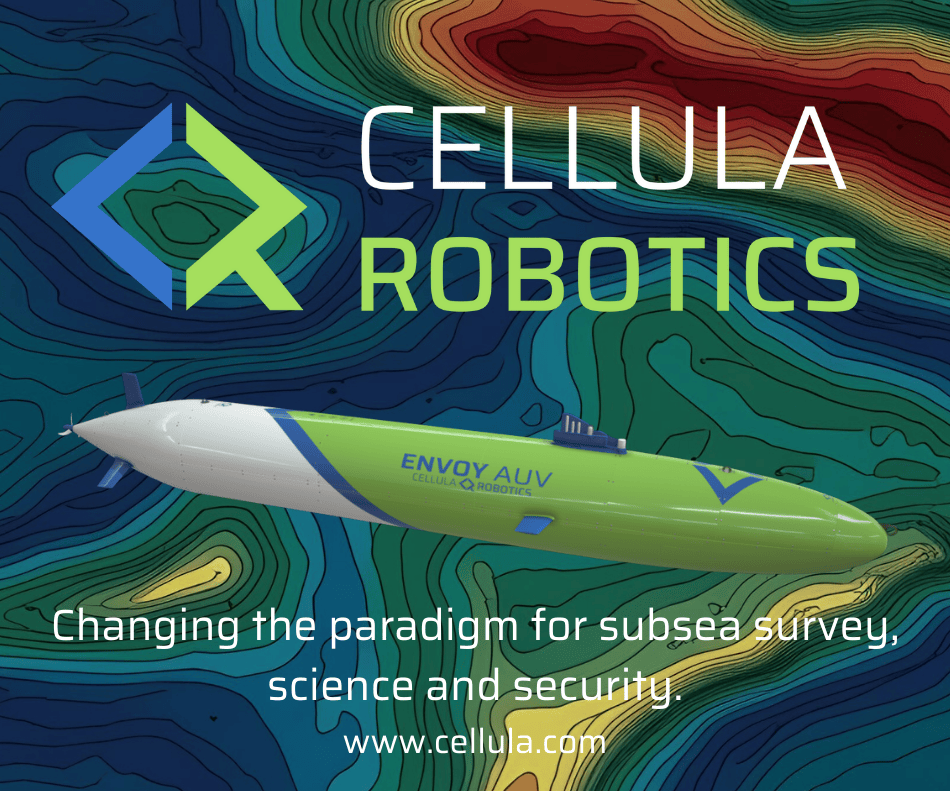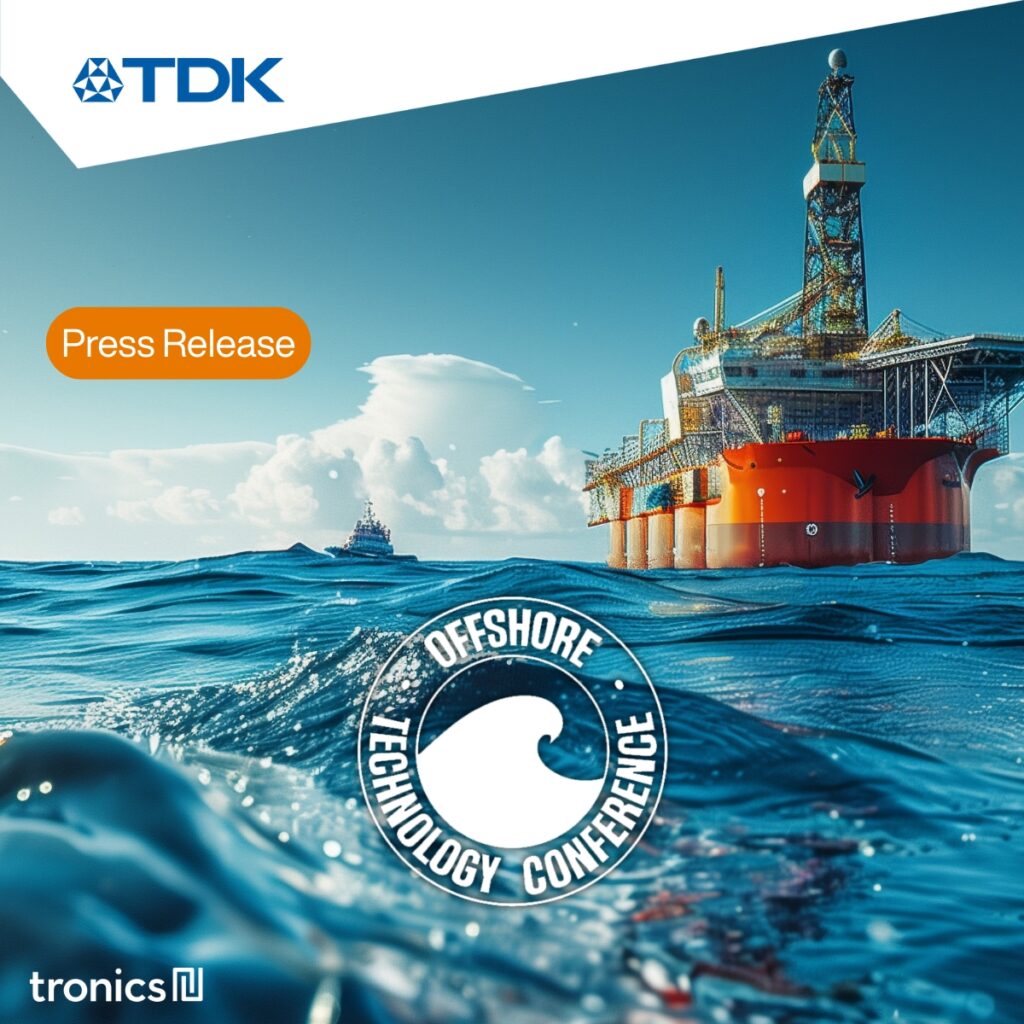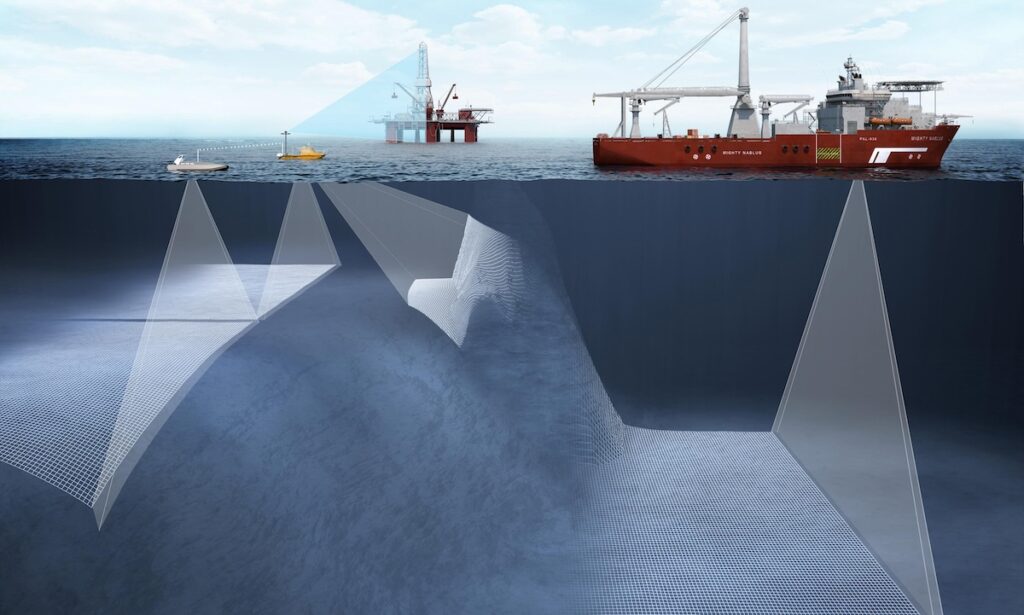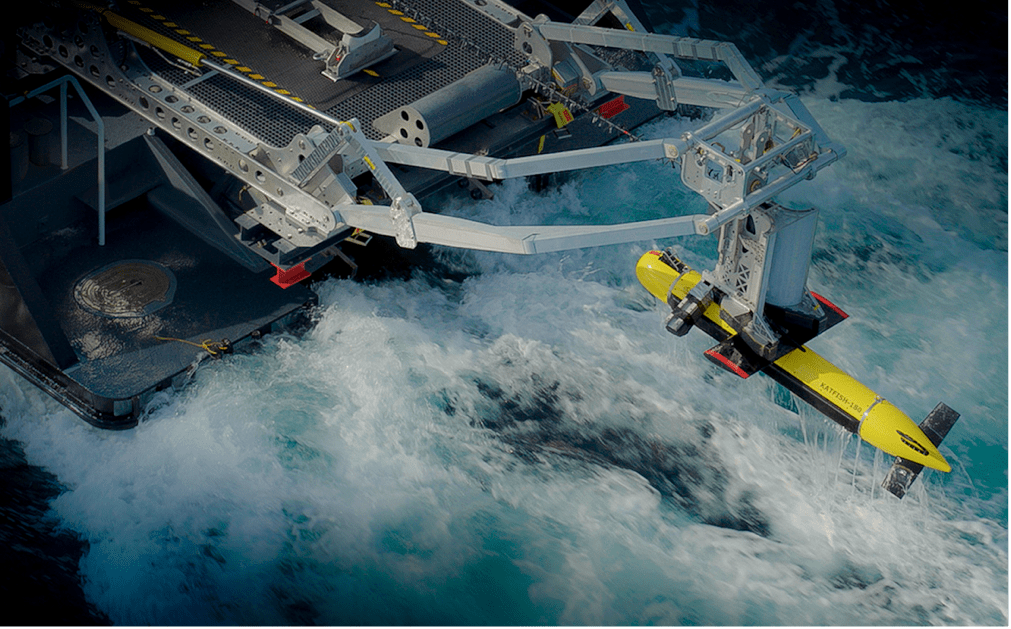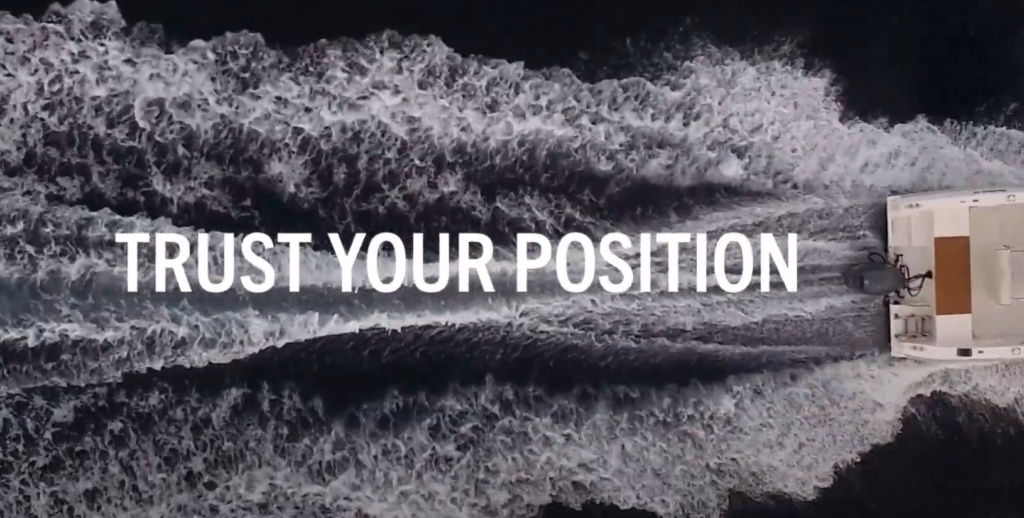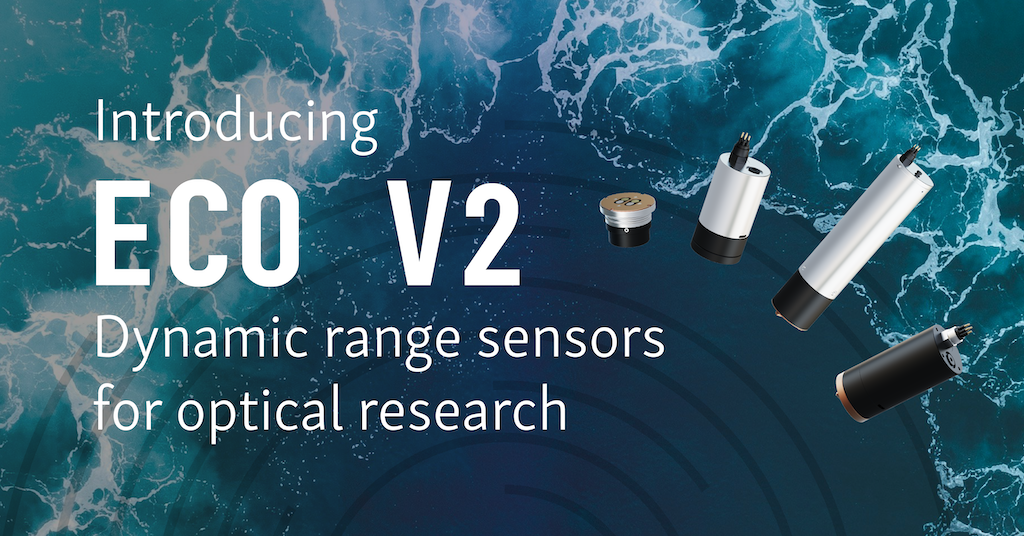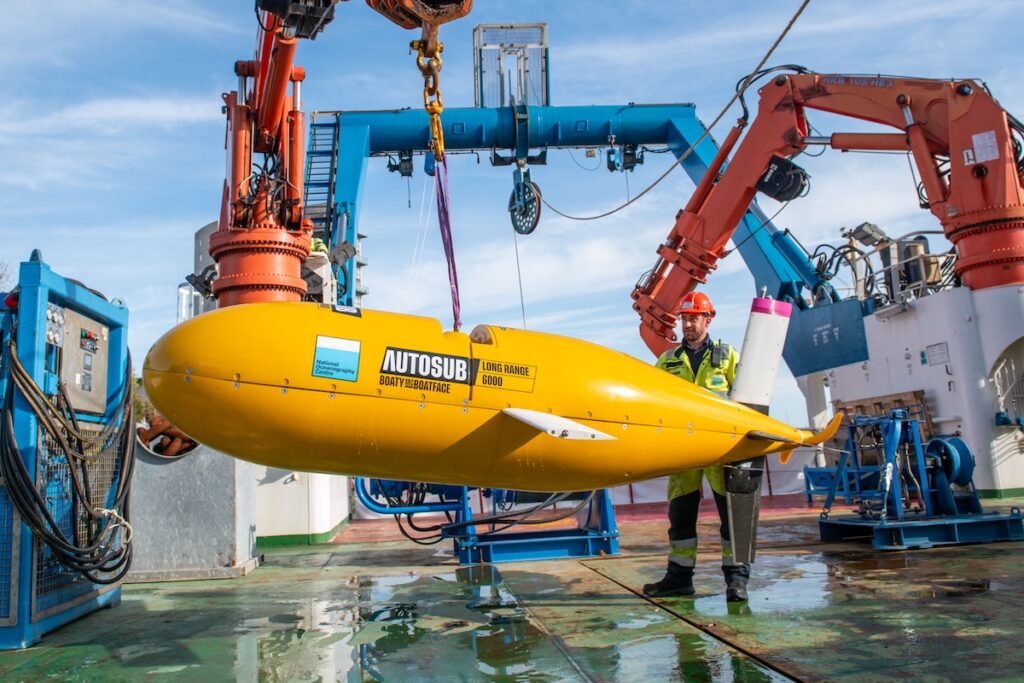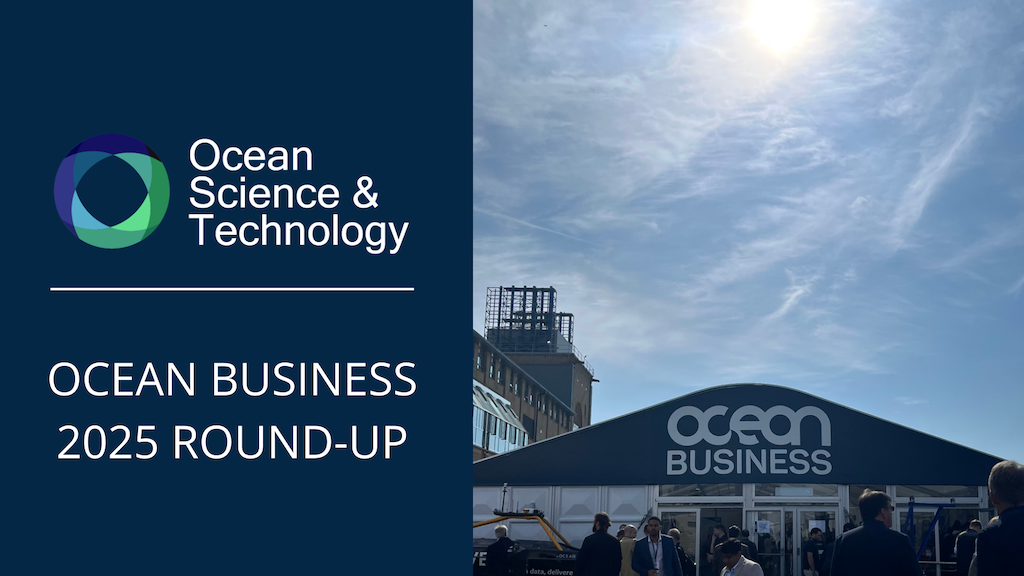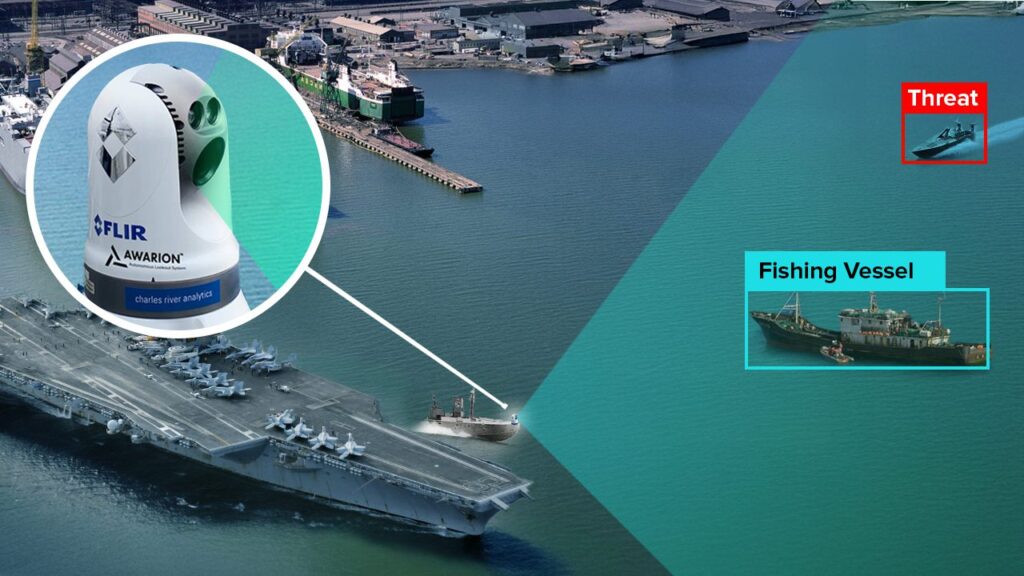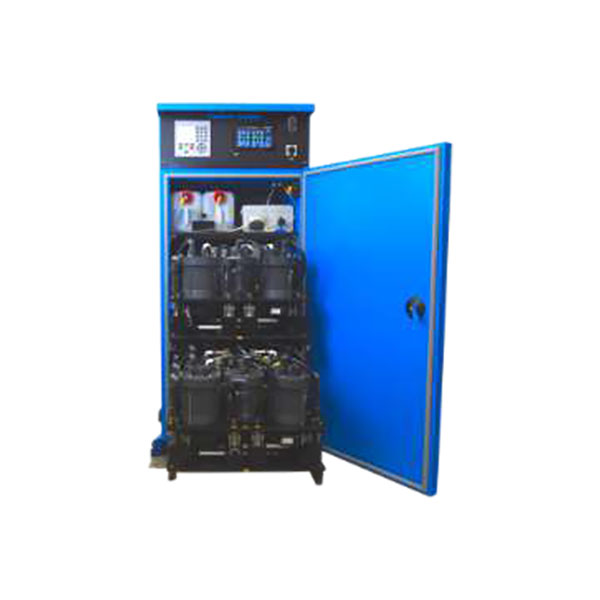
Marine Plankton Sampler Equipment
Discover cutting-edge solutions from leading global suppliers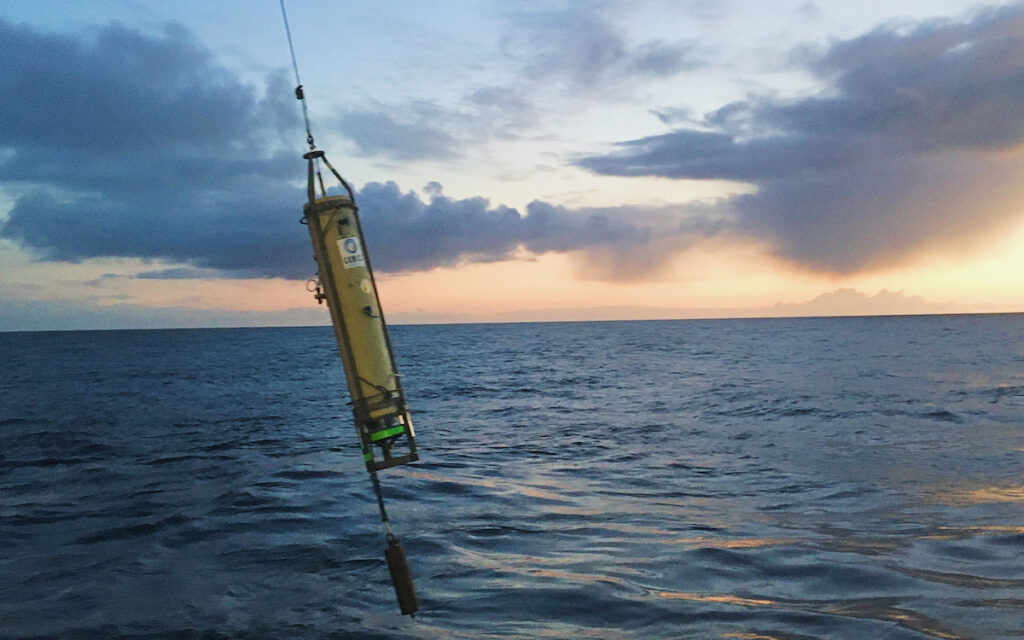
A new study led by the UK National Oceanography Centre (NOC) is questioning the role of a unique group of microscopic plants in driving ocean carbon storage.
Diatoms, a type of plankton or marine algae, play a significant role in drawing carbon down into the deep ocean. This is particularly important in the Southern Ocean, which accounts for about a third of the organic carbon stored in the ocean.
Diatoms possess dense, silica-based exoskeletons—resembling miniature glass houses—which were believed to provide ballast, causing them to sink and play a key role in transporting carbon to the deep ocean.
The new study, based on data from two major expeditions to the Southern Ocean’s underexplored twilight zone—located between approximately 100 m and 1,000 m deep—found that diatom skeletons remained near the sea surface. Meanwhile, carbon was transported to the deep ocean by other means.
Dr Sari Giering, research lead at NOC, explained, “The ocean plays a key role in the global carbon cycle, with tiny, microscopic plants taking up billions of tons of carbon from the atmosphere every year. For years it has been believed that this group of plankton – diatoms – play a crucial role in efficiently transporting carbon to the deep ocean, where it is held out of contact with the atmosphere.
“The surprising discovery that diatoms’ silica skeletons stay near the surface while carbon makes it down to the deep ocean forces us to rethink the ecological processes in what we call the biological carbon pump.”
The biological carbon pump describes a collection of processes in which plankton take up carbon in surface waters and shunt this carbon to the deep ocean. These natural processes store billions of tonnes of carbon in the ocean each year.
Dr Giering added, “Previous studies have looked at what has ended up at the seabed, which shows carbon is making its way there typically with the aid of ballast material, such as diatom’s silica-based skeletons.
“But our research, looking at what happens within the twilight zone before carbon reaches the seabed, shows that diatoms are at times not contributing as heavily to the Southern Ocean’s carbon pump, as had been thought. This means there are unknown or poorly measured processes happening in the deep ocean that we need to learn more about.”
A concern has been that ocean warming could impact diatom productivity and therefore reduce the strength of the biological carbon pump in the Southern Ocean.
Lead author Jack Williams, a post-graduate researcher at the University of Southampton, commented, “The Southern Ocean is vulnerable to ocean warming, which may alter the availability of nutrients and reduce diatom numbers in future. But our results suggest these changes may not impact the strength of Southern Ocean carbon storage as much as previously thought.
“On the other hand, carbon is still making its way to the deep, so there are unresolved processes at play in the twilight zone that we need to learn more about. Understanding these processes and how they govern carbon uptake in this hugely important part of the ocean is crucial for accurately predicting how the oceans may store carbon in the future.”


